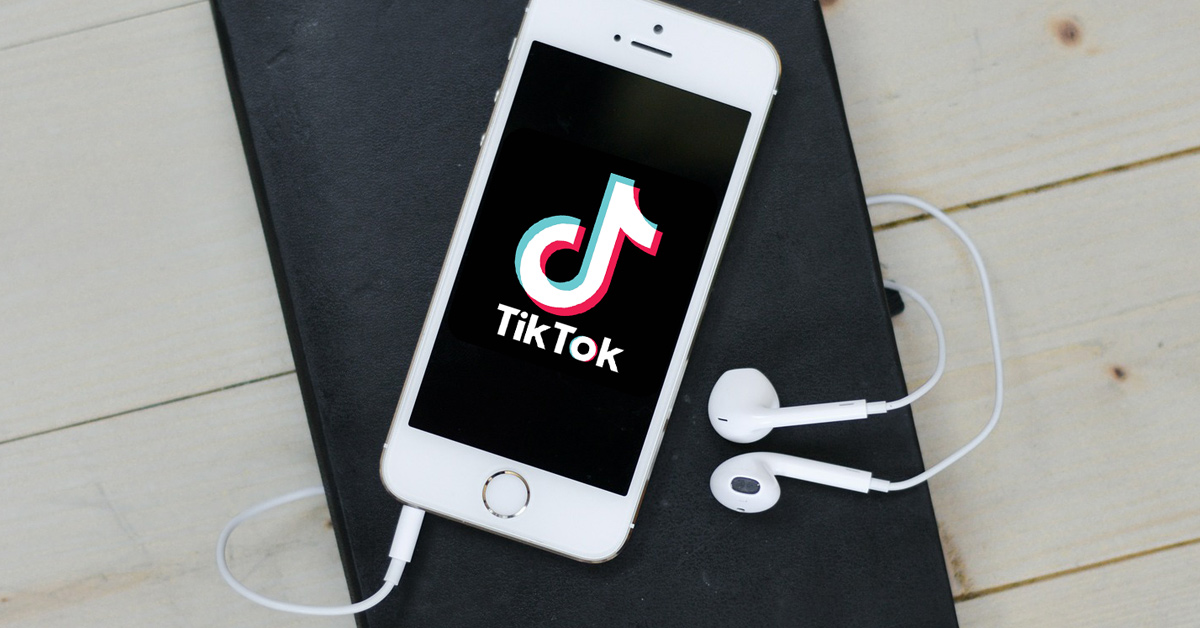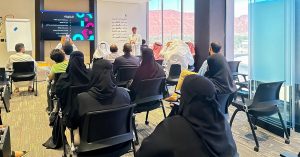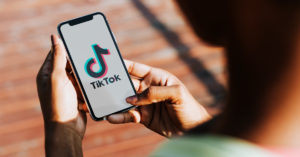TikTok, a Social Media app launched in September 2017 in China and is owned by a company namely ByteDance. In August 2018, the app merged with another similar app Musical.ly to enhance its video community. The app enables users to create short videos containing music in the background. The video is of 3-15 seconds long and can be edited with respect to its music, filters and speed before it can be shared on the various Social Media platforms.
The app got much popularity among the youth as using this app is very much interesting. The interface is built in such a way that no one can get bored while operating it. The lipsyncing feature of TikTok has made it a top choice of social network among teenagers. In the lipsyncing feature, one has to say the dialogues or sing very silently in synchronization to a pre-recorded soundtrack.
Use Case
People create funny videos and puns via TikTok just to have fun and to share humorous stuff. The users have to bear no additional cost in creating the videos except spending mobile data. The main advantage of TikTok is, it comes with the opportunity for the common masses to gain popularity. It gives traction to people who never get the chance to perform in professional shows.
Talking about Data
TikTok is the most downloaded app on the Apple App store by reaching 45.8 million downloads in the first quarter, 2018. If we combine the downloads of the Apple App Store and Google Play, TikTok is the 6th most downloaded app in the world in the first quarter of 2018 (Influencer Marketing Hub online portal). The popularity of this app in India is very much high as TikTok is having 260 Million users in India. According to Sensor Tower, the number of users is equal to people who use the Facebook app in India. The app is also considered as the most entertaining app of the year 2018.
The problem
The youth in India has gone really addictive towards TikTok. Rather doing productive work like reading, physical activities, sports or studies, they have become part of this social loop. It is believed that TikTok is attracting non-social media users as well who are the first users of social media platforms. The content posted on TikTok is also offensive and disturbing. There are various complaints of Sexual harassment and pornography content coming out from the app as well.
Citing these reasons, the Madras High Court banned the TikTok app in India. Soon after the court order, the app went off from the Google Play Store and Apple App Store. However, on 24th April, the Madras High Court lifted the interim ban on the app.
Now the question arises here is whether the banning of the app was good or not. Well regarding the pornography content and the sexual harassment, it might have been good to restrict the use of the app in India. The matter of concern here is the addiction which can’t be considered as the app’s fault. The has been designed in such a way that it attracted the attention of the common masses, especially youth enormously. I would like to mention that parents need to take extra care regarding the usage of the app by their wards.
Final notes…
The ban on the app is lifted and TikTok has pointed out that it will ensure that users adhere to community guidelines and stay within the regulations while uploading content to the platform. They have also mentioned, they will be employing technology to flag objectionable content since July. They have claimed that only 0.0006 percent of its content is pornographic in nature and the company is working to get it removed from its platform. Still, it is our concern to use the app in a good sense that doesn’t violate the privacy of anyone. Using any social media app is not bad until and unless it is restricted to a certain timeline and its usage should not hamper our important activities.
ⓘ As part of our ongoing support for startups and SMEs, LAFFAZ Media publishes feature and resource articles that may include references and links to external websites. These inclusions are selected at our editorial discretion to provide valuable information to our readers. LAFFAZ Media does not control, endorse, or assume responsibility for the content or practices of external websites. For more details, please refer to our Terms and Conditions.





